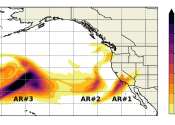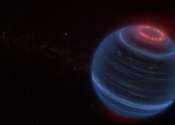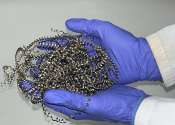Unraveling the mysteries of consecutive atmospheric river events
In California's 2022-2023 winter season, the state faced nine atmospheric rivers (ARs) that led to extreme flooding, landslides, and power outages—the longest duration of continuous AR conditions in the past 70 years. Scientists ...









